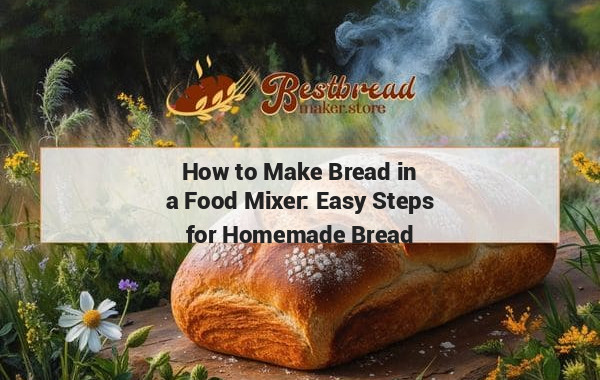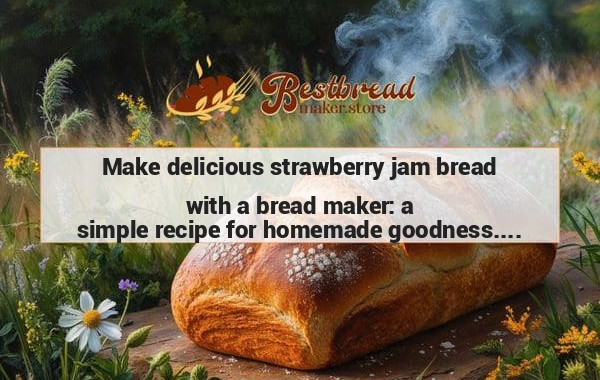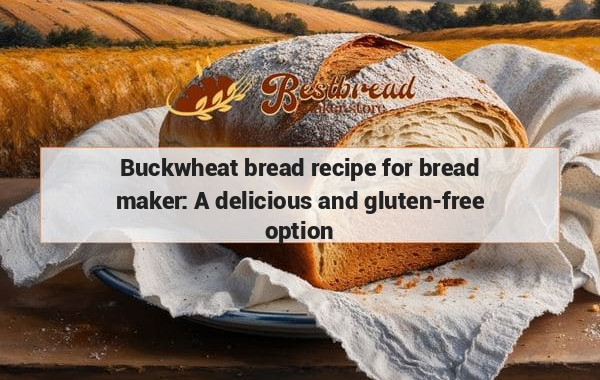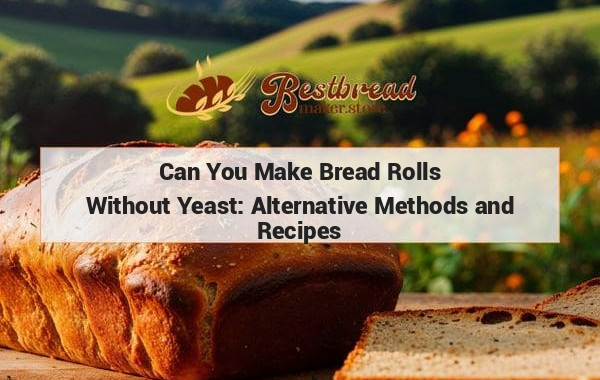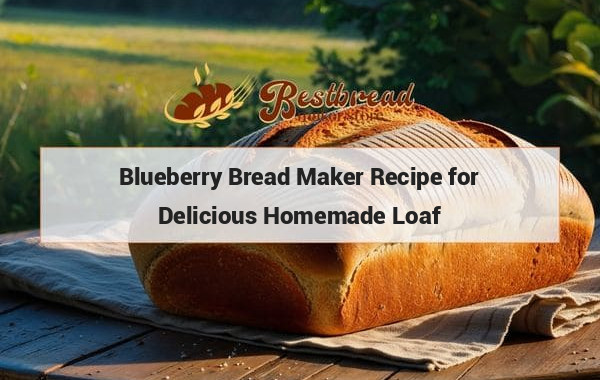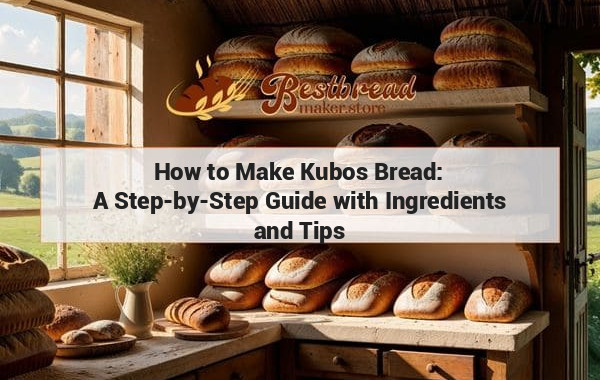How to Make Bread in a Food Mixer: Easy Steps for Homemade Bread
To make bread in a food mixer, start by combining warm water, yeast, sugar, and salt in the mixer bowl. Let it sit for a few minutes until foamy. Add flour and mix until a dough forms. Knead the dough in the mixer until smooth and elastic. Let it rise in a warm place until doubled in size. Punch down the dough, shape it, and let it rise again. Bake in a preheated oven until golden brown. Enjoy your homemade bread made easy with a food mixer!
How to Make Bread in a Food Mixer
Making bread at home has never been easier thanks to the convenience of modern food mixers. By following a few simple steps, you can have a fresh, warm loaf of bread ready without much hassle. Whether you're a novice baker or an experienced one, using a food mixer simplifies the kneading process, allowing you to focus on perfecting the flavor and texture.
Key Takeaways
Making bread in a food mixer requires following basic steps: combining ingredients, kneading with the mixer, proofing, shaping, and baking. The mixer helps achieve the ideal dough consistency, saving time and effort.
Why Use a Food Mixer for Bread Making?
Using a food mixer for bread making brings many benefits. The most notable advantage is how it removes the physical effort of kneading. Kneading dough by hand can be tiring, especially if you're making multiple loaves or working with a heavy dough like whole wheat. A food mixer, equipped with a dough hook, provides consistent and efficient kneading, ensuring an even texture throughout the dough.
Moreover, a food mixer is great for multitasking. While the dough is being kneaded, you can prepare other ingredients or clean up the kitchen, making the entire bread-making process more efficient.
What Types of Bread Can You Make?
A food mixer allows you to make a variety of bread types. Whether you enjoy white bread, sourdough, or a rustic multigrain loaf, a mixer can handle the job. Even more delicate doughs, like brioche or cinnamon rolls, which require longer kneading times to develop the gluten structure, can be managed with ease.
The adaptability of a mixer means that it can cater to your preferences, whether you want a simple, everyday loaf or a more complex recipe.
How to Make Bread in a Food Mixer
Step 1: Gather Your Ingredients
The first step is to gather all the necessary ingredients. You will typically need flour, water, yeast, salt, and sometimes sugar or butter, depending on the recipe. Using fresh ingredients ensures better flavor and texture in your final loaf.
Step 2: Mixing the Dough
Place the flour, yeast, and salt into the mixing bowl. Make sure to keep the yeast and salt separate initially, as salt can inhibit the yeast's activity. Next, add your liquid ingredients, which might include water, milk, or oil.
Using the dough hook attachment on your food mixer, start the machine on a low setting. Let the mixer work the ingredients into a rough dough. Gradually increase the speed to medium as the dough begins to come together. Allow the mixer to knead the dough for about 8-10 minutes, or until it becomes smooth and elastic.
Step 3: First Rise (Proofing)
Once your dough has been kneaded, transfer it to a lightly oiled bowl. Cover the bowl with a damp cloth or plastic wrap and place it in a warm area. Let the dough rise for about 1-2 hours, or until it has doubled in size. This process is called proofing, and it allows the yeast to ferment and the dough to develop flavor.
Step 4: Shaping the Dough
After the first rise, gently punch down the dough to release some of the gas. Turn it out onto a floured surface and shape it according to your recipe's requirements. You can create loaves, rolls, or even braid the dough for a decorative effect.
Step 5: Second Proofing
Once shaped, let the dough rise again for 30-60 minutes. This second proofing ensures that the bread will have a light and airy texture when baked.
Step 6: Baking the Bread
Preheat your oven to the temperature specified in your recipe, usually around 350-400°F (175-200°C). Place the risen dough into the oven and bake until golden brown, which typically takes 25-35 minutes for a loaf.
To check if the bread is fully baked, tap the bottom of the loaf; it should sound hollow. Allow the bread to cool on a wire rack before slicing.
Troubleshooting Common Bread Issues
Even with a food mixer, you might encounter some challenges while making bread. Below are some common issues and their solutions:
Dense Bread
If your bread turns out too dense, it could be due to under-kneading. Ensure that the mixer works the dough long enough to develop the gluten. Alternatively, it could be that the yeast was old or not activated properly.
Bread Didn't Rise
If your bread didn’t rise as expected, double-check the yeast. Fresh yeast should foam when mixed with warm water. Also, ensure the dough is proofing in a warm enough environment, as cold conditions slow down the yeast's activity.
Crust Too Hard
A hard crust can be caused by overbaking or by not covering the dough properly during proofing. Consider covering the bread with a damp cloth while it cools to soften the crust.
Best Practices for Bread Making in a Food Mixer
Use the Right Speed
When kneading bread dough, always start your food mixer on a low speed to avoid flour flying everywhere. Once the dough has formed, gradually increase the speed. However, avoid going too fast, as high speeds can overwork the dough and break down the gluten.
Dough Consistency
Check the dough’s consistency regularly. It should be slightly sticky but not too wet. If the dough feels too dry, add a tablespoon of water at a time while mixing. If it's too sticky, sprinkle in a bit more flour.
Cleaning the Mixer
Bread dough can be tough on your mixer, so it’s important to clean the dough hook and bowl thoroughly after each use. This prevents any leftover dough from hardening and damaging your equipment.
Choosing the Best Food Mixer for Bread Making
Not all mixers are created equal when it comes to bread making. If you’re in the market for a food mixer, consider one with a powerful motor and sturdy construction. bestbreadmaker.store provides detailed reviews of the best bread-making appliances, helping you choose one that suits your needs.
Frequently Asked Questions (FAQs)
Can I use any food mixer to make bread dough?
Not all mixers are suitable for kneading bread dough. You need a mixer with a strong motor and a dough hook attachment. Check the specifications of your mixer to ensure it can handle heavy doughs.
How long should I knead dough in a mixer?
Typically, kneading dough in a mixer takes about 8-10 minutes. You’ll know it’s ready when the dough is smooth, elastic, and doesn’t stick to the sides of the bowl.
What type of yeast should I use?
You can use active dry yeast or instant yeast for most bread recipes. Instant yeast is convenient because it doesn’t need to be dissolved in water first. Active dry yeast, on the other hand, needs to be activated in warm water.
How do I know when the dough is properly proofed?
Dough is properly proofed when it has doubled in size. A good test is to gently press your finger into the dough. If the indentation remains, it’s ready for the next step.
Can I make gluten-free bread in a food mixer?
Yes, you can make gluten-free bread in a food mixer. However, gluten-free dough behaves differently and may require different mixing and proofing times. Be sure to follow a gluten-free recipe for best results.
In conclusion, making bread in a food mixer is a straightforward process that saves time and effort. By following the steps outlined above, you can create delicious, homemade bread with minimal fuss. If you're looking to invest in a reliable food mixer for bread making, be sure to check out bestbreadmaker.store for comprehensive reviews and recommendations.

